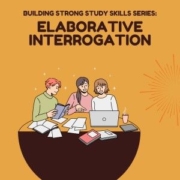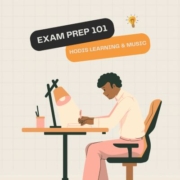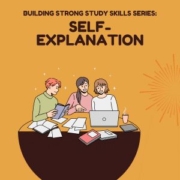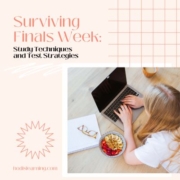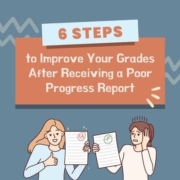Building Strong Study Skills Series: Active Reading
Active Reading
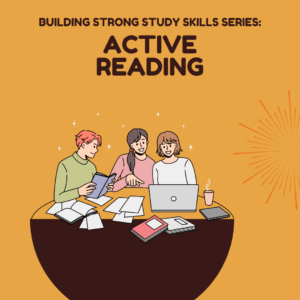
Note: This series details how to study smarter, not harder, to help students succeed in their academics. All information in this series draws upon principles from psychological research on learning and memory.
Have you ever read a chapter in your textbook and later realized that you missed a lot of important points? If so, you’re not alone. Reading a textbook can be challenging, especially when dozens of key points are interspersed throughout 15-20 pages of material. Many students read quickly and don’t stop to ask questions, which leads to ineffective learning. This is called passive reading.
Learn how to get more out of your reading with the following tips for active reading.
How To Employ Active Reading
- Predict: read all of the headings and subheadings in the chapter and take note of the key terms. Use this information to predict what each section will discuss and how they will all relate to each other.
- Externally process: read aloud or think aloud. Some students have an easier time reading aloud. Some students find it helpful to alternate between reading out loud and in their head. And thinking aloud can be a great way to connect ideas for most students.
- Activate: connect your reading to prior knowledge. Take a second to stop after a main idea and see if you can connect the information to other topics in or outside of the course.
- Infer: while reading, think about how what you’re learning relates to the main ideas of the course content.
- Clarify: if you don’t understand a part of the text, pause to clarify the confusion before moving on.
- Visualize: as you read, picture the content in your mind.
- Question: ask yourself questions about the content. Use these questions to predict, activate, infer, and clarify. And use questions to test yourself as you are reading.
Why It Works
Active reading helps you understand the individual parts of your material while also providing a framework to integrate the information into a holistic understanding.
Summary
Active reading may be challenging to implement all at once. Try introducing one or two active reading strategies at a time until you are comfortable using them all together. Active reading may take more effort and time than passive reading, but it is worth it!
Keep up with our weekly Building Strong Study Skills series to learn the most effective study strategies and succeed in your academics. Schedule a session with one of our expert tutors today to receive all the information and guidance you need to gain a deeper understanding of your academics and perform better on your tests! Building effective study habits takes time, so the sooner you get help, the better prepared you will be by the time finals roll around.
Read Other Articles in The Building Strong Study Skills Series
Sources:
- Terry, W.S. (2018). Learning and Memory: Basic Principles, Processes, and Procedures, Fifth Edition. New York, Routledge, a Taylor and Francis Group. ISBN 978-1-13-864591-2.
- Rhodes, M.G., Cleary, A.M. and DeLosh, E.L. (2020). A Guide to Effective Studying and Learning: Practical Strategies from the Science of Learning. New York, Oxford University Press. ISBN 978-0-19-021447-0 (pbk).
